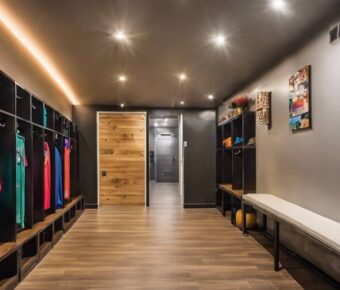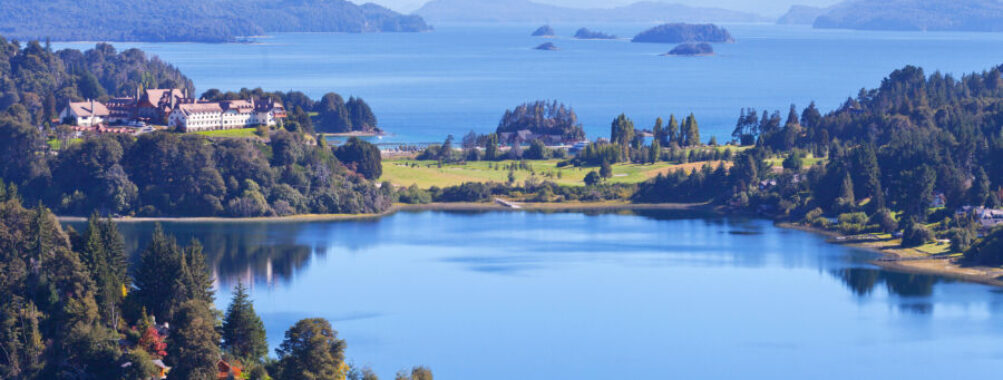
Patagonia Fly Fishing Trip Cost: 7 Days, $2,500-$3,500
Dreaming of casting a line in pristine Patagonian waters? A fly fishing trip to this breathtaking region can be an unforgettable adventure, but it’s important to understand the costs involved. A week-long package at a top lodge will cost around $5,445 per person. Prices vary based on accommodations and trip length.
Patagonia offers some of the world’s best trout fishing amid stunning mountain scenery. The region spans southern Chile and Argentina, giving you options to tailor your trip. While budget-conscious anglers can plan do-it-yourself trips to cut costs, lodge stays provide comfort and guided experiences.
When planning your Patagonia fly fishing adventure, think about what matters most to you. Do you want luxury lodging and expert guides, or are you happy to rough it a bit to save money? No matter your budget, the wild beauty and world-class fishing of Patagonia await.
Contents
- Key Takeaways
- Understanding the Costs of a Patagonia Fly Fishing Trip
- Travel Expenses to and From Patagonia
- Accommodation Options
- Daily Fishing Licenses
- Prime Fishing Locations in Patagonia
- Rivers and Lakes
- Famous Spring Creeks
- Torres del Paine National Park
- Seasonal Considerations for Fishing in Patagonia
- Optimal Times for Fly Fishing
- Off-Peak Season Advantages
- Cultural Experiences and Excursions
- Discovering Local Cuisine and Pisco Sours
- Exploring the Atacama Desert
- Trip Packages and Length of Stay
- 5-Night Escapes
- Extended Adventures for 7 Nights
- Tailoring Your Experience
- Fishing Techniques and Challenges
- Mastering the Art of Fly Fishing
- Catching the Elusive Brown Trout
- Adventures in Tierra del Fuego
- More Travel Guides
Key Takeaways
- Patagonia fly fishing trips range from budget DIY to luxury lodge packages
- Prime fishing season runs from November to April in most areas
- Booking well in advance is key to securing spots at top lodges and guides
Understanding the Costs of a Patagonia Fly Fishing Trip
Planning a fly fishing adventure in Patagonia can be exciting, but it’s important to know what you’ll be spending. Let’s break down the main costs you’ll face when putting together your dream trip to this angler’s paradise.
Travel Expenses to and From Patagonia

Getting to Patagonia isn’t cheap, but there are ways to save. Flights to major cities like Buenos Aires or Santiago will be your starting point. From there, you’ll need to catch a domestic flight to Patagonia. Look for deals on flight and hotel packages to cut costs.
Try to book your trip during shoulder season (November or April) for better prices. Expect to pay around $1,000 to $1,500 for international flights, plus $200 to $400 for domestic connections. Don’t forget to factor in transport to fishing spots once you arrive.
Accommodation Options
Where you stay can make or break your budget. Luxury fishing lodges are amazing but pricey, often running $500 to $1,000 per night. For a more wallet-friendly trip, consider vacation rentals or small hotels in fishing towns.
These can cost anywhere from $50 to $200 a night. Camping is super cheap if you’re up for roughing it. Some anglers mix it up, splurging on a lodge for a few nights and budget options for the rest.
Daily Fishing Licenses
You can’t fish without a license, and costs vary between Chile and Argentina. In Argentina, non-resident licenses run about $50-$70 per day. Chile’s fees are a bit lower, around $20-$40 daily.
Season-long permits are available if you’re staying a while. Some areas have extra fees for special waters. Factor these costs into your daily budget. It’s smart to buy licenses in advance online to avoid hassles on your trip.
Prime Fishing Locations in Patagonia

Patagonia offers some of the best fly fishing spots in the world. From wild rivers to serene lakes, you’ll find plenty of places to cast your line and reel in trophy-sized trout.
Rivers and Lakes
The Rio Grande in Tierra del Fuego is a must-visit for sea-run brown trout. You can catch fish up to 20 pounds here! The Rio Limay near Bariloche is great for rainbow and brown trout. Bring your dry flies and nymphs.
Lake Strobel, aka “Jurassic Lake,” has huge rainbow trout. Some weigh over 20 pounds! It’s remote, but worth the trip. Lake Traful in Argentina is gorgeous and full of big brown trout.
Don’t forget about Chile. The Simpson River has rainbow, brown, and brook trout. The Baker River offers exciting fishing for king salmon.
Famous Spring Creeks
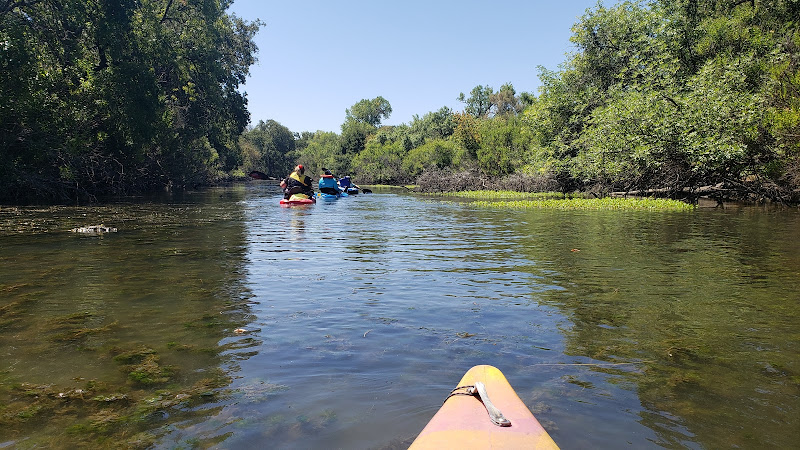
Spring creeks in Patagonia are fly fishing heaven. Tierra del Fuego has some of the best. The Rio Grande spring creeks are perfect for sight fishing. You can spot big sea-run browns in the crystal-clear water.
In Argentina, try the Malleo River. It’s a spring creek paradise with lots of hatches. The Chimehuin River is another top spot. You’ll find big rainbows and browns here.
Chile has great spring creeks too. The Nilque is small but packed with trout. The Upper Palena offers challenging fishing for skilled anglers.
Torres del Paine National Park
Torres del Paine in Chile is a fly fisher’s dream. The scenery is jaw-dropping, and the fishing is amazing. You can catch rainbow and brown trout in the park’s rivers and lakes.
The Rio Serrano is a top spot. It flows right through the park and has big trout. The Rio Grey is another good choice. You might even see icebergs while you fish!
Lake Pehoe in the park is stunning. Cast your line with the famous Torres peaks in the background. Lake Sarmiento has monster trout, some over 10 pounds.
Seasonal Considerations for Fishing in Patagonia

Patagonia’s fishing seasons can make or break your trip. The weather and fish activity change throughout the year, affecting your chances of a good catch. Timing is key for the best experience.
Optimal Times for Fly Fishing
The prime fishing season in Patagonia runs from November to April. This is when the weather’s warmest and the fish are most active. December to February is peak season, with lots of anglers on the water.
You’ll find the best dry fly action in January and February. The trout are hungry and looking up, making for exciting surface fishing. But watch out – these months can get crowded and pricey.
March and April offer great fishing too. The crowds thin out and you might snag some good deals. The fall colors in April are stunning, adding to your experience.
Off-Peak Season Advantages
Don’t write off the shoulder seasons. November and April can be fantastic for fishing and your wallet. You’ll find fewer people on the rivers and lower prices for lodges and guides.
In November, the fish are eager after winter. They haven’t seen many flies yet, so they’re less picky. April brings cooler temps, but the fall-spawning brown trout are active.
You might even score some discounts on float trips in the off-season. Just pack some warm layers – Patagonia’s weather can be unpredictable. And remember, some remote lodges close in the winter months.
Cultural Experiences and Excursions
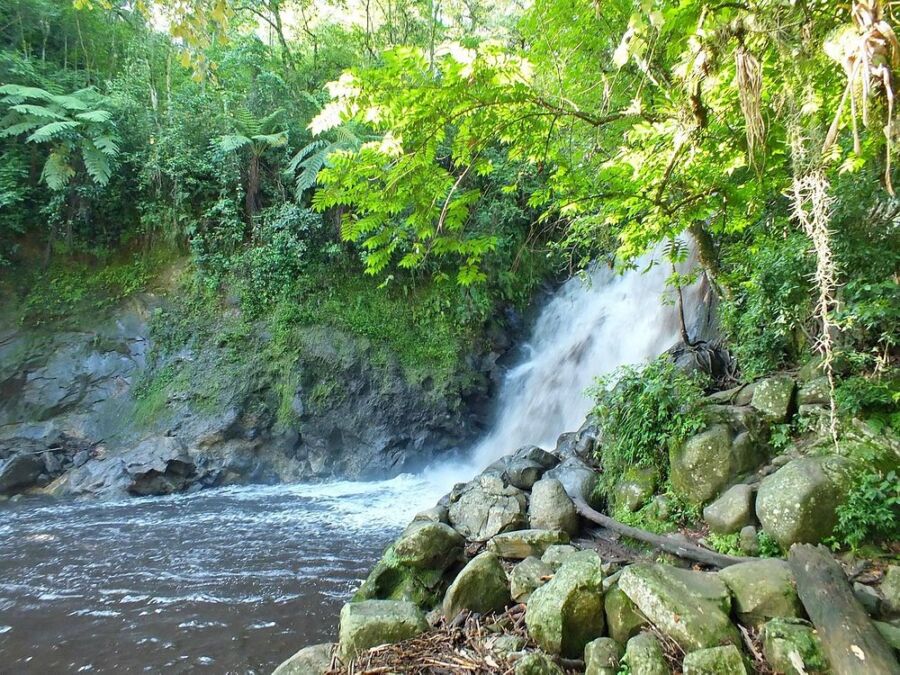
Patagonia offers more than just fly fishing. You can dive into local culture and explore stunning landscapes that will take your breath away. Let’s look at some unforgettable experiences you can add to your trip.
Discovering Local Cuisine and Pisco Sours
Chilean and Argentine food is a treat for your taste buds. You’ll find hearty stews, fresh seafood, and world-class steaks. Don’t miss trying empanadas – savory pastries filled with meat or cheese. They’re perfect for a quick lunch between fishing sessions.
Wash it all down with a pisco sour, the national drink of Chile. This cocktail mixes pisco (grape brandy) with lime juice, sugar, and egg white. It’s tart, sweet, and dangerously smooth. Many lodges offer pisco sour-making classes. You can learn to mix your own and impress friends back home.
Prices for food and drink are reasonable. Expect to pay $10-15 for a main course in a local restaurant. A pisco sour usually costs $5-7 in bars.
Exploring the Atacama Desert
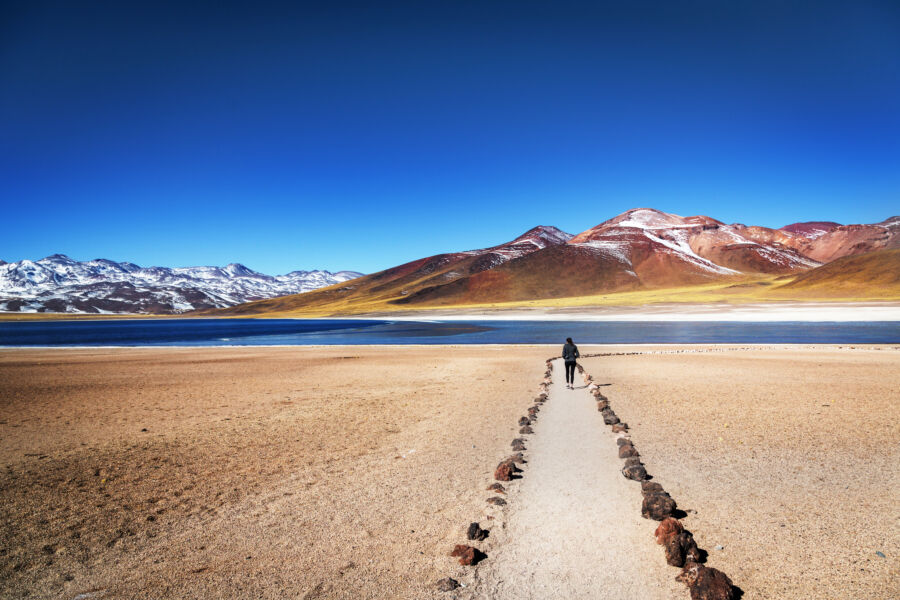
The Atacama Desert is a stark contrast to Patagonia’s lush rivers. It’s one of the driest places on Earth, with otherworldly landscapes. You can add a few days here before or after your fishing trip.
Popular activities include:
- Stargazing (the night sky is incredibly clear)
- Visiting geysers and hot springs
- Sandboarding on giant dunes
- Exploring salt flats and flamingo-filled lagoons
Tours range from $50-150 per day, depending on what’s included. Many lodges offer package deals that combine fishing with desert excursions. This can save you money compared to booking everything separately.
Remember to pack sunscreen and a hat. The desert sun is intense, even in cooler months.
Trip Packages and Length of Stay
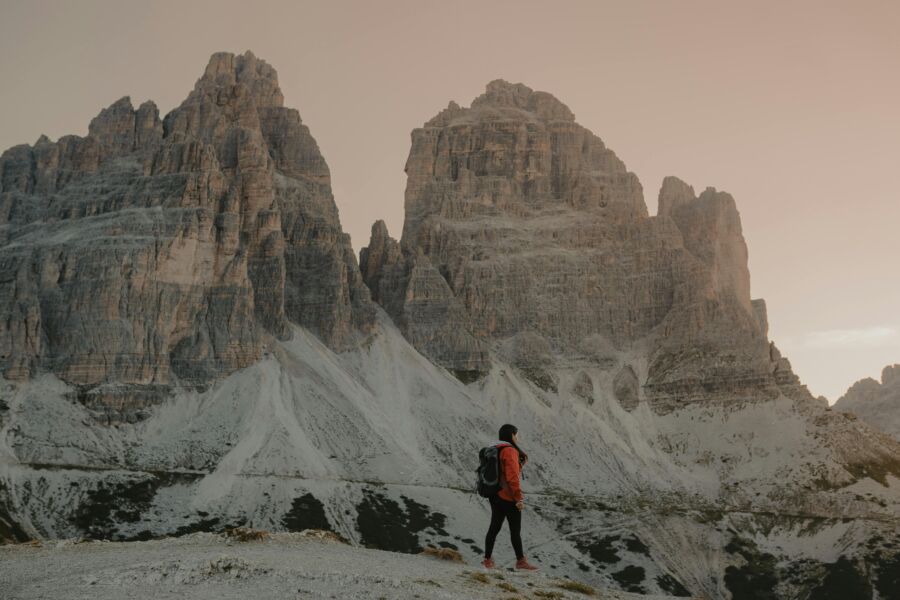
Patagonia fly fishing trips come in different durations to fit your schedule and budget. You can choose shorter getaways or longer adventures, with options to customize your experience.
5-Night Escapes
A 5-night trip gives you a taste of Patagonia’s epic fishing. You’ll get 4 full days on the water, perfect if you’re short on time or want to sample the region. These trips usually run $4,500-$5,500 per person. You’ll stay at a cozy lodge and fish prime spots with expert guides. Most packages include meals, lodging, and guided fishing. Bring your own gear or rent it there. These quick trips pack in lots of action, but you might feel rushed to see everything.
Extended Adventures for 7 Nights
For a deeper dive into Patagonia fishing, 7-night trips are popular. You’ll get 6 full days of fishing, giving you time to explore more rivers and lakes. Prices range from $5,500 to $7,700 per person, based on double occupancy. Single anglers pay about 30% more. These longer trips let you settle in and really get to know the area. You’ll have time to try different techniques and target various fish species. Most lodges offer comfy rooms, great food, and top-notch guides.
Tailoring Your Experience
Want something different? Many outfitters can create custom trips. You can add extra fishing days, mix in other activities, or adjust your lodging. Maybe you want to fish half days and explore local towns. Or add a day of horseback riding in the Andes. Some folks like to split their time between two lodges for variety. Custom trips can cost more, but they let you craft your ideal Patagonia adventure. Talk to a travel specialist to design a trip that fits your dreams and budget.
Fishing Techniques and Challenges
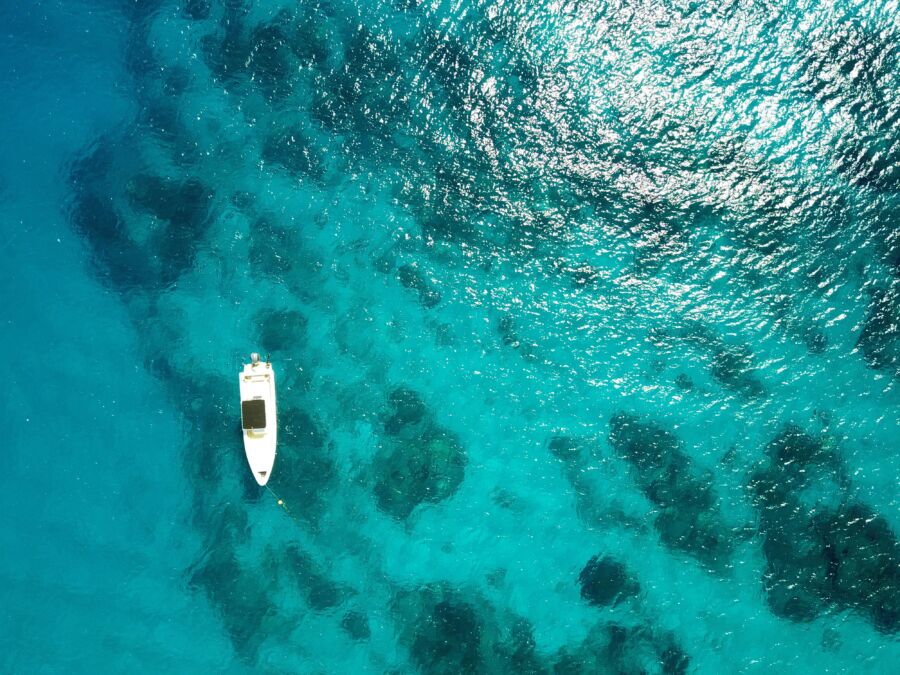
Fly fishing in Patagonia requires skill and patience. You’ll face unique challenges as you cast your line in pristine rivers and lakes, trying to outsmart wily trout in stunning landscapes.
Mastering the Art of Fly Fishing
Fly fishing takes practice. You’ll need to perfect your casting technique to land your fly where the fish are hiding. Start with short casts and work your way up. Watch how your line moves in the water and adjust as needed. Don’t forget to bring extra flies – you might lose a few in trees or bushes as you learn.
Try different fly patterns to see what works best. Dry flies float on top of the water, while nymphs sink below. Match your flies to the insects you see around the river. Be patient and keep at it – that perfect cast will come with time.
Catching the Elusive Brown Trout
Brown trout in Patagonia can grow huge. They’re smart and wary, so you’ll need all your skills to catch one. Look for deep pools and undercut banks where big trout like to hide. Cast upstream and let your fly drift naturally with the current.
Early mornings and evenings are prime fishing times. Brown trout often feed actively as the light fades. Use larger flies to tempt the big ones. A stealthy approach is key – these fish spook easily. Wade carefully and avoid casting your shadow over the water.
Adventures in Tierra del Fuego
Fishing in Tierra del Fuego is an epic adventure. Strong winds make casting a real challenge. You’ll need to practice your double-haul technique to cut through the gusts. Also, bring warm, waterproof gear – the weather can change fast.
The sea-run brown trout here are legendary. These massive fish spend time in the ocean before returning to rivers to spawn. They’re powerful fighters, so make sure to use sturdy tackle. You might land the trout of a lifetime in these remote waters.
Watch out for didymo, an invasive algae. Make sure you clean your gear between fishing spots to avoid spreading it. The wildness of Tierra del Fuego is part of its charm, but it also means you need to be self-reliant. Pack extra supplies and let someone know your plans.
